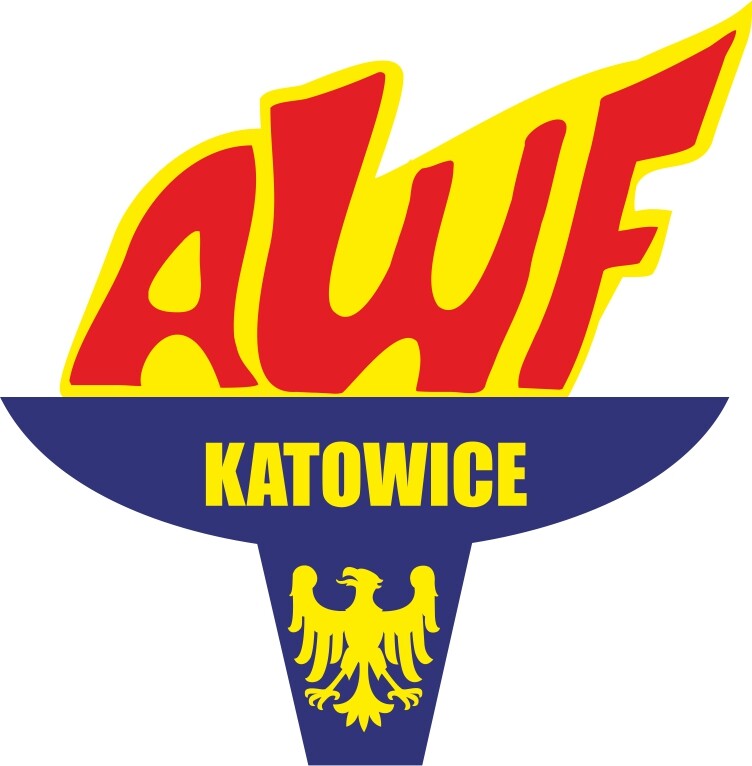Effect of vibrotherapy on cardiac rehabilitation after myocardial infarction
As part of a multistage programme of cardiac rehabilitation after myocardial infarction, there is growing interest in novel forms of rehabilitation that can effectively improve exercise tolerance and echocardiographic parameters in post-infarction patients.
One potential approach is to use vibrotherapy as an adjunct to a standard rehabilitation programme. The aim of the present study was to assess the effects of vibration therapy in a group of men after myocardial infarction in terms of exercise tolerance, blood lipid profile and changes in selected echocardiographic parameters.
- The study included 63 men undergoing angioplasty with stent implantation.
- Patients were divided into two groups: standard (ST – 27 patients) and with vibration therapy (ST + WBV – 36 patients).
- Both groups underwent a 24-day therapy programme, consisting of 22 treatments, involving endurance exercises, general strength and resistance training.
- The vibrotherapy group performed vibration platform exercises instead of resistance training.
Based on:

Nowak-Lis A, Nowak Z, Gabrys T, Szmatlan-Gabrys U, Batalik L, Knappova V. The Use of Vibration Training in Men after Myocardial Infarction. Int J Environ Res Public Health. 2022 Mar 11;19(6):3326. doi: 10.3390/ijerph19063326. PMID: 35329010; PMCID: PMC8951545.
Population
The study included 63 men undergoing angioplasty with stent implantation. Patients were divided into two groups: standard (ST – 27 patients) and with vibration therapy (ST + WBV – 36 patients). Both groups underwent a 24-day rehabilitation programme, consisting of 22 treatments, involving endurance exercises, general strength and resistance training. The group with vibrotherapy performed vibration platform exercises instead of resistance training.
Methodology
Patients enrolled in the study underwent a rehabilitation programme of 22 training units performed 5 times a week, according to accepted ESC (European Society of Cardiology) standards. In the ST + WBV group, patients started with a 10-min warm-up on a cycle ergometer (minimum load 25 WAT), followed by 20 min of training on a vibration platform.
Vibrotherapy
The total vibration exposure time was 10 min as 1:1 interval training was used. Patients maintained a semi-squat position for 60 s. The flexion angle of the knee and hip joints was 40°, the heels were off the ground and the hands were held on the platform handle. Each person exercised without shoes and at the same time of day. During the break, patients rested in a sitting position. The platform generated vibrations with a frequency of 40 Hz and an amplitude of 2 mm.
Results
Vibrotherapy, as an innovative method of cardiac rehabilitation, can be an excellent alternative especially for people who are weakened and unable to exercise intensively after cardiovascular disease. It can also be assumed that obese patients who are unable to perform certain exercises will benefit similarly from low-frequency vibrotherapy. Furthermore, patients with New York Heart Association – NYHA class II/III circulatory insufficiency (and probably class III) will be able to improve their physical capacity after a few 20-minute sessions of vibrotherapy. It is already promising that there are no differences in the end results of the two forms of training.
Summary
Vibrotherapy, as a modern form of training, can be an effective and safe addition to standard rehabilitation programmes after myocardial infarctions. The results obtained confirmed a significant improvement in exercise tolerance in both study groups. Both traditional training and vibration therapy had a beneficial effect on left ventricular ejection fraction, demonstrating their similar efficacy. The lack of significant differences between the groups indicates the potential use of vibrotherapy as part of cardiac rehabilitation after myocardial infarction. However, it would be worth conducting further studies on larger groups of patients, also including women and those in higher NYHA classes, to confirm the efficacy of this approach more conclusively.
More in:


